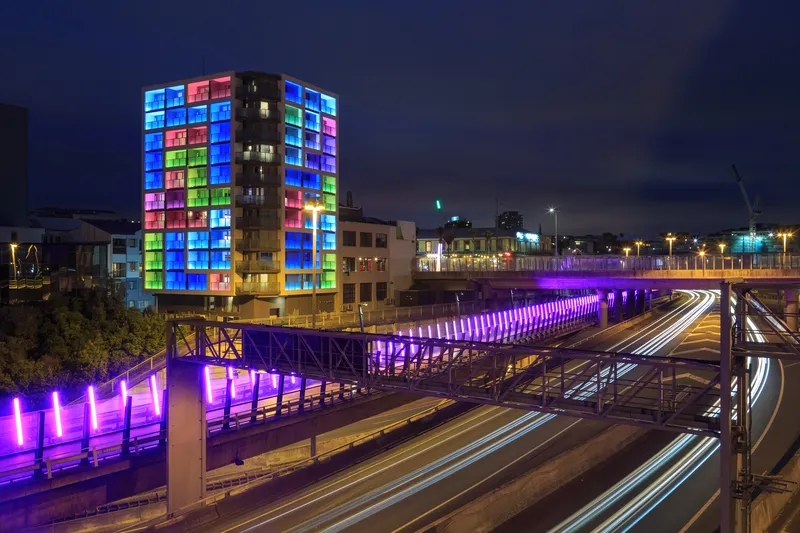The New Zealand Government has released a draft intelligent transport systems action plan for public consultation. The plan, announced by by Transport Minister Gerry Brownlee, is open for consultation until 17 January 2014. It and sets out the government’s strategic plans takes a high-level, multimodal multi-agency approach to the introduction of new ITS technologies in New Zealand over the next four years.
New Zealand has some specific challenges to the introduction of intelligent transport systems in
November 21, 2013
Read time: 2 mins
The New Zealand Government has released a draft intelligent transport systems action plan for public consultation. The plan, announced by by Transport Minister Gerry Brownlee, is open for consultation until 17 January 2014. It and sets out the government’s strategic plans takes a high-level, multimodal multi-agency approach to the introduction of new ITS technologies in New Zealand over the next four years.
New Zealand has some specific challenges to the introduction of intelligent transport systems including low population density, distance from international markets, the long narrow form of the country and the limited number of alternative routes should state highways or the main trunk line be unavailable.
“Intelligent transport systems have the potential to transform the operation of all modes of transport, but it is important that is introduced in a coordinated way so as to get the greatest benefit for New Zealand.
“I have asked the Ministry of Transport to lead the consultation to confirm that the government’s strategic aims are clear and that they will identify and remove barriers to the introduction of intelligent transport systems,” says Brownlee.
Brownlee says New Zealand already has some intelligent transport systems technologies in use. “Traffic control centres in Auckland, Wellington and Christchurch rely heavily on technology to gather information on traffic conditions, adjust traffic signals and provide real-time information for travellers in order to operate the network efficiently.
“These deliver real-time congestion information to road users, and are increasing the carrying capacity of the Auckland motorway system by using motorway ramp signals.
“Vehicle manufacturers are also introducing advanced driver assistance systems such as self-parking cars and blind spot warning systems.”
New Zealand has some specific challenges to the introduction of intelligent transport systems including low population density, distance from international markets, the long narrow form of the country and the limited number of alternative routes should state highways or the main trunk line be unavailable.
“Intelligent transport systems have the potential to transform the operation of all modes of transport, but it is important that is introduced in a coordinated way so as to get the greatest benefit for New Zealand.
“I have asked the Ministry of Transport to lead the consultation to confirm that the government’s strategic aims are clear and that they will identify and remove barriers to the introduction of intelligent transport systems,” says Brownlee.
Brownlee says New Zealand already has some intelligent transport systems technologies in use. “Traffic control centres in Auckland, Wellington and Christchurch rely heavily on technology to gather information on traffic conditions, adjust traffic signals and provide real-time information for travellers in order to operate the network efficiently.
“These deliver real-time congestion information to road users, and are increasing the carrying capacity of the Auckland motorway system by using motorway ramp signals.
“Vehicle manufacturers are also introducing advanced driver assistance systems such as self-parking cars and blind spot warning systems.”










